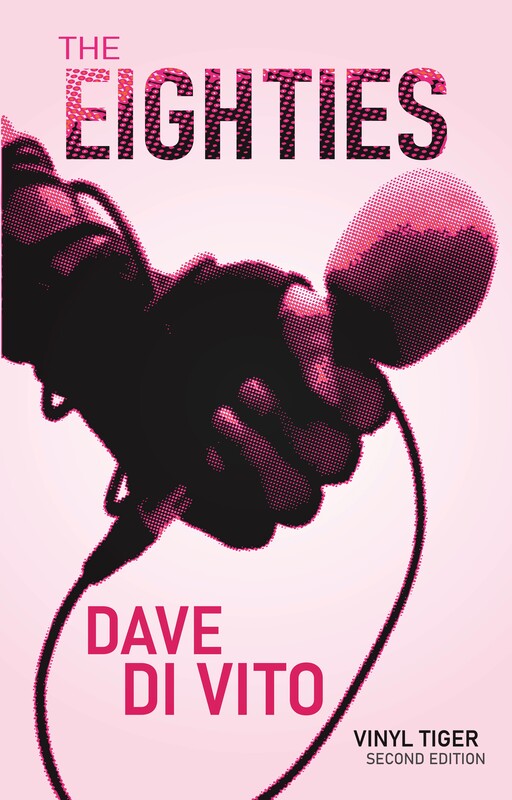 Gerald Machona - Ndiri Afronaut Gerald Machona - Ndiri Afronaut I DON'T know about you, but I know that when I go to certain international events, there are certain countries I root for. For me, South Africa is one of these countries. I think of South Africa as Australia's distant cousin in many senses. When I'm with South African friends or meet South Africans, there is a sense of kinship I think I feel with them. I'm not suggesting that Australia and South Africa are identical, and nor that they have dealt with their own historical mistakes and deplorable pasts in the same way. But internationally, there are some cultures that just seem to gel better with others, in part because though they may be thousands of miles apart, they share more than just an essence. There's a kinship that grows when you share similar demons that in a large part you inherited from your parents (even if you made them your own) . Culturally, South Africa today is still processing its past on the international stage, in part because it still has wounds that need tending to, and in part because the world seems not to have learned sufficiently from South Africa's history. I try to keep an eye on what is happening down in South Africa. When artists travel Europe's way I make a bee line for them...for example, each year I look forward to seeing Dada Masilo's dance creations when they come to Rome. I look forward to them as eagerly as I do visiting the South African pavilion each Biennale...it's my own way of rooting for a country. This year, for What Remains Is Tomorrow, over a dozen artists have been drawn together to explore "imaginary truths''' and ''ideal narratives'. The idea behind the show is to mix the contemporary in with moments of the past, in a bid to address the themes of power, freedom and civil liberty in South Africa. And as always, South African artists are not afraid to really probe. Anything that contributes to a healthy, open debate. South African culture is a layered and complicated beast, and as such, What Remains Is Tomorrow, seeks to explore this complexity through a range of media. Despite the complexity of a group setting such as this, I will say that much of the exhibit seems like it has been really honed in, aided by the strong monochromatic theme that takes precedence and keeps things clean rather than cluttered despite the range of mediums. Piquing my interest at the exhibit, were three artists who work across a range of media themselves. Gerald Machona, whose Ndiri Afronaut (I am an Afronaut) comprised of a sculptural piece (made of, amongst other things, decomissioned Zimbabwean dollars) and an accompanying video which was both moving and entertaining (and visually stunning). Machona's work here refers to recent events which suggest that the ethnic violence (towards Zimbabweans who make up a sizeable part of the community in South Africa following the waves of migrants who fled the failed economic state) is flaring again. A lesson that perhaps South Africa and the rest world have not yet mastered. Robin Rhode's Blackness Blooms, which alludes to Don Mattera's poem of the same name was also wonderful. An eight part C-type series in which an Afro comb teases and nurtures a head of follicles until it blossoms into a wonderful, complete and bold hairdo, rich in symbolism. Engaging and a lovely mix of the traditional with a dash of street thrown in. One of my other highlights from the show (the amount of video in the show warrants at least a half hour in the pavilion and more if you want to do everything justice) was Moha Modsiakeng's Inzilo video. Do you remember those old gelatin photos with their rich silvery layers and beautiful blacks and whites? Well Modsiakeng achieves that finish with digital precision in his video Inzilo. Taken from the word representing mourning/fasting, Inzilo features Moha going through an intimate, private ritual, a rite of passage, but although its a very focused and inward journey, it is a private act for the public's benefit.
There's a lot to get through in South Africa's reasonably compact pavilion, but although its too layered to cover in sufficient detail here, you'll find it's one of the best pavilions of the year at Arsenale this year. In part because (inter)national ideas and concerns are largely given individual, humanist forms, even within the group setting. One of my top six at Arsenale. Was it one of yours? Leave me a comment to let me know your thoughts.
0 Comments
|
Dave
|
|
|
Dave Di Vito is a writer, teacher and former curator.He's also the author of the Vinyl Tiger series and Replace The Sky.
For information about upcoming writing projects subscribe to the mailing list. Dave hates SPAM so he won't trouble you with any of his own. He promises. |






 RSS Feed
RSS Feed